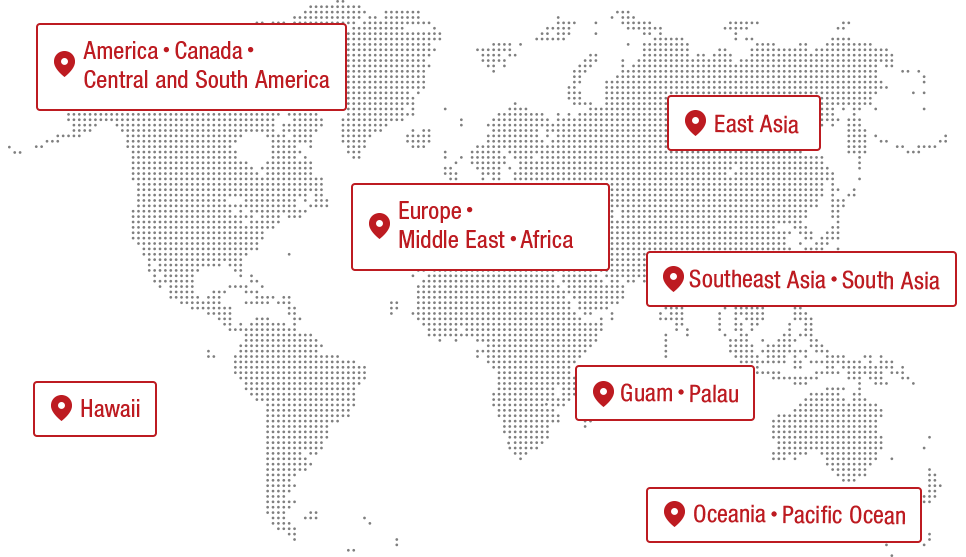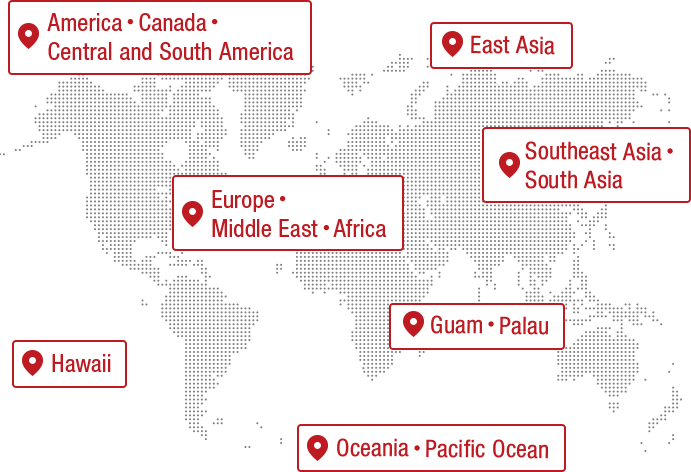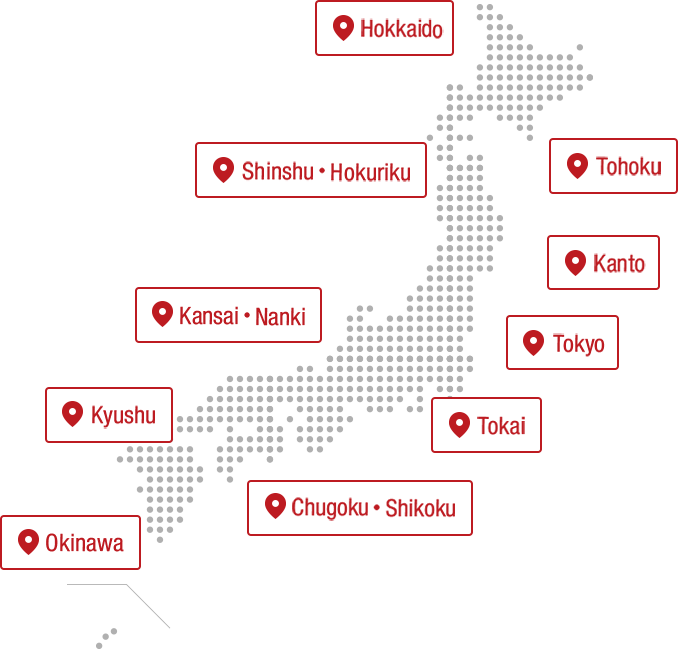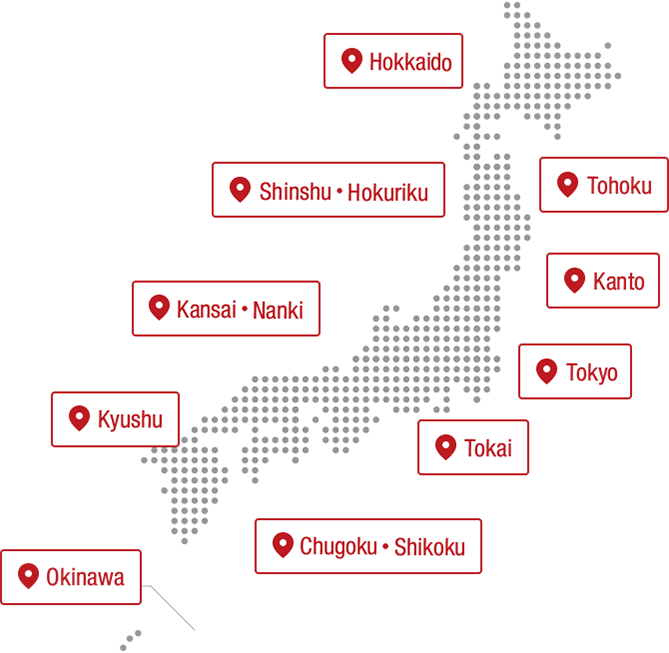INDEX
- The runway welcoming passengers and the large multi-display
- Packed with trivia. An easy-to-read and fun booth introducing jobs in the sky.
- Feel free to sit in the cockpit and seats that were actually used.
- A display of uniforms from the past and model planes. JAL's archives of 70 years and its future endeavors.
- A tour of the hangar where you can see actual aircraft maintenance
- We want people to become more familiar with the sky. Future-oriented exhibits are free to view
There are a number of aircraft maintenance yards around Shin-Seibijo Station, one stop away on the Tokyo Monorail Haneda Airport Line from Haneda Airport Terminal 1. Located in the JAL Maintenance Center 1 Building is the "JAL Factory Tour - SKY MUSEUM", which was renovated in July last year and is scheduled to reopen for tours on May 1, 2022.
The runway welcoming passengers and the large multi-display
The JAL Sky Museum is located in a building adjacent to a hangar where aircraft are maintained.

Once you pass through the entrance, enter the elevator, and the doors open, you'll be amazed. You'll be greeted by the "SKY RUNWAY," an open-ceiling space with a vast cushioned floor that resembles an asphalt runway. The runway that stretches out directly in front of the elevator is located almost parallel to Runway A at the neighboring Haneda Airport.

The hangar is given a "factory feel" by utilizing wire mesh and other elements. The first thing you see from the front is the cockpit of a B737-400 that was actually used as a simulator. Surrounding it are huge digital signage displays that spread across the panels, showing CG images of JAL's latest aircraft, the Airbus A350, landing with a roar every few minutes.
Packed with trivia. An easy-to-read and fun booth introducing jobs in the sky.

The five booths set up facing the runway are a corner introducing JAL jobs. They are lined with mechanics, ground staff, flight crew, ground handling, and cabin attendants, and on the vertical displays, life-sized current JAL staff members talk about their work and what makes their jobs rewarding. There are also displays of tools unique to each job. As an example, let's take a look at the tools for cabin attendants.

Ballpoint pens with luminous tips that allow passengers to take notes even when the lights are turned off when they go to sleep, and watches with second hands so that the pulse of passengers who become unwell can be taken. In addition, "Tanaos," which cabin attendants use to ensure that the shared overhead storage compartments are locked, is an original JAL tool.

Each zone has a QR code reader, and you can learn trivia by scanning your admission pass. Be sure to try out all five zones!

The monitors in each booth show an animation of staff from each job passing the baton. The five jobs are connected in the best baton passing, and it represents JAL's philosophy of providing better service through teamwork. Furthermore, the QR code on the board can be read in multiple languages by scanning it with a smartphone.
Feel free to sit in the cockpit and seats that were actually used.

At the back of each booth, sitting like a symbol of the museum, is a huge mock-up of an aircraft. This is the cockpit of a real Boeing 737-400. You can actually sit in it, touch the instruments, and take photos. Although it is a retired aircraft, the round instruments lined up on the panels give it a slightly retro appearance, but it is still an impressive sight.

Behind it, there are international flight seats on display, and you are free to sit here as well. These are business class and premium economy class seats.

Next to these main areas is an archives zone where you can learn about JAL's history.
Related article
The contents published are accurate at the time of publication and are subject to change.















